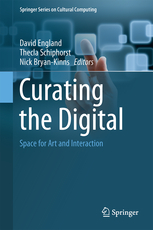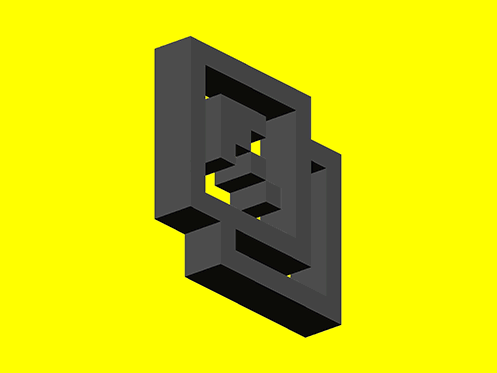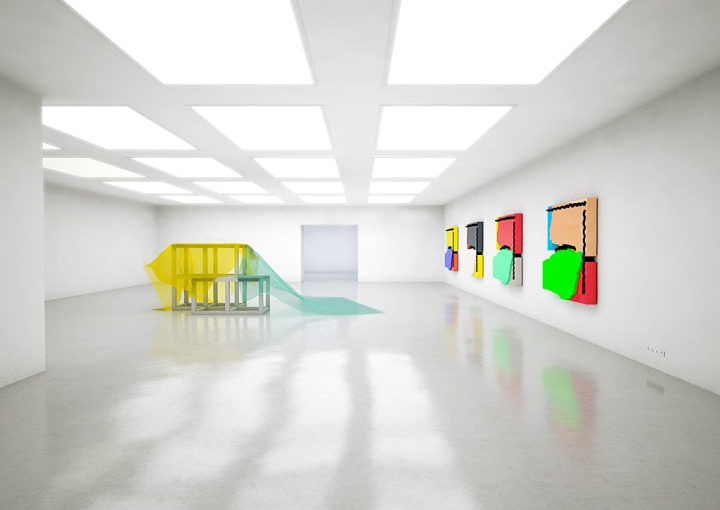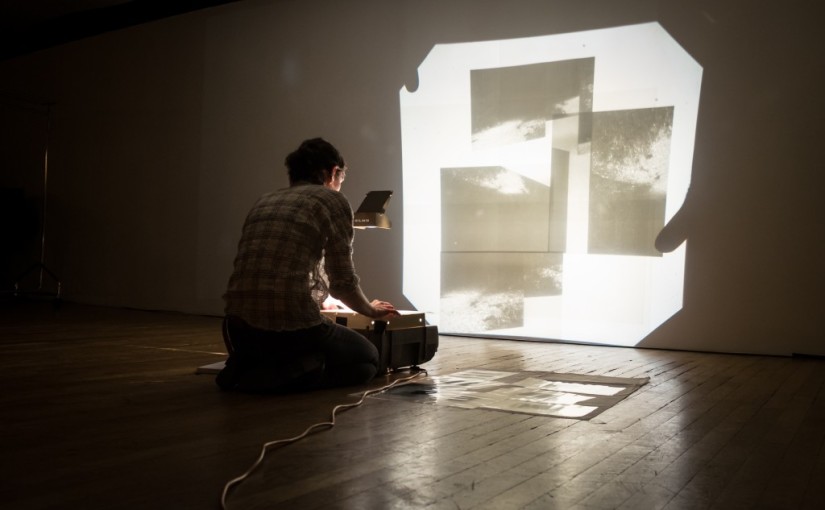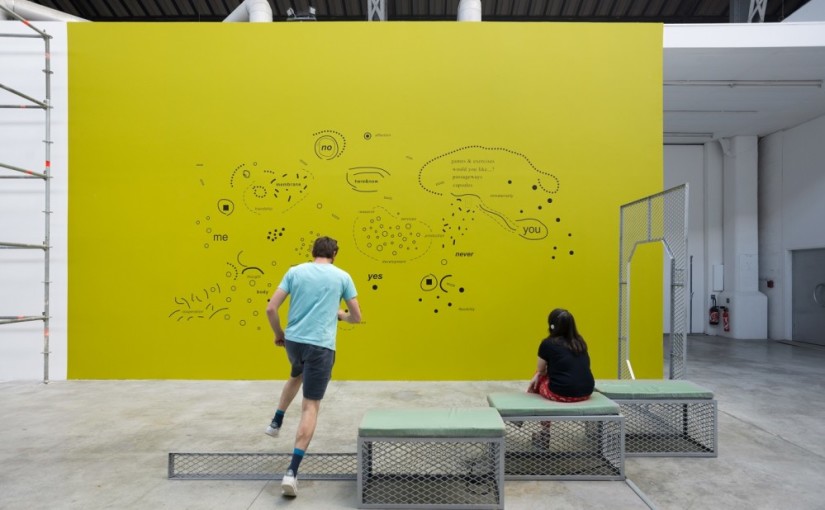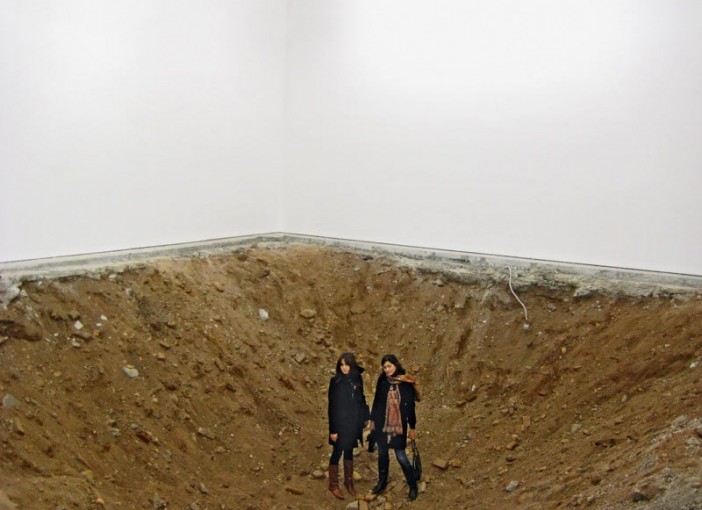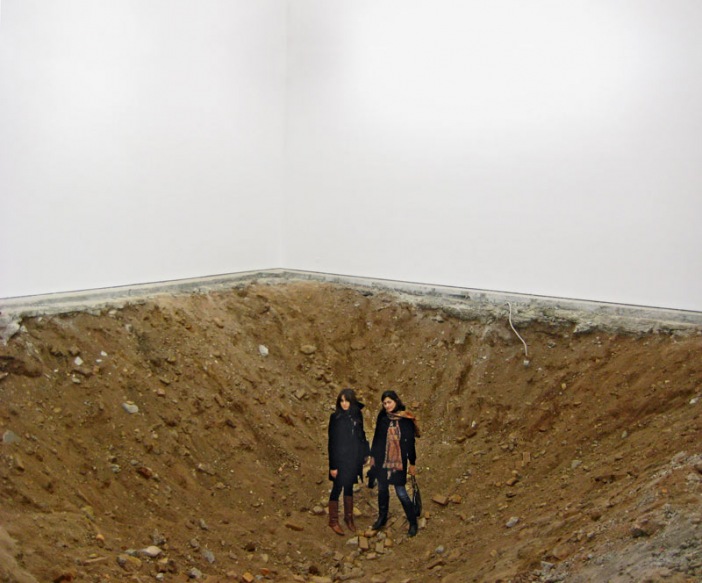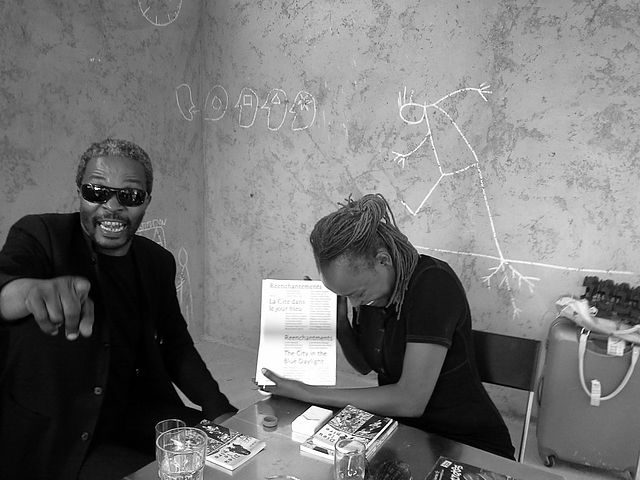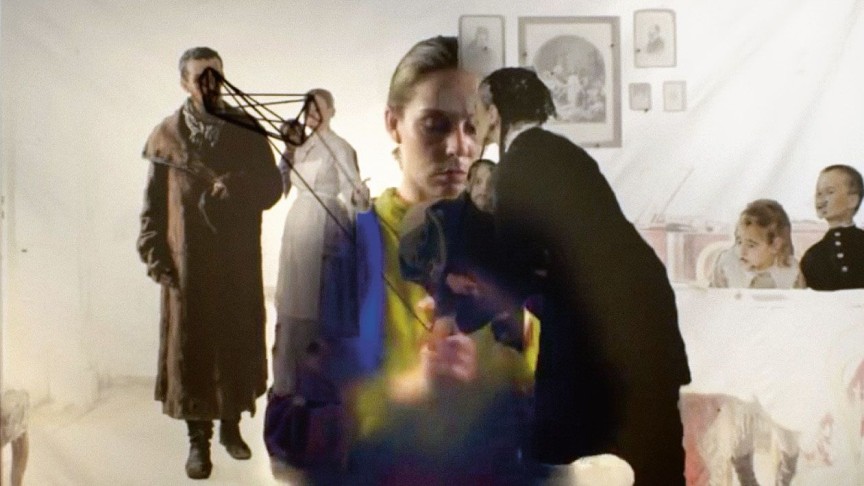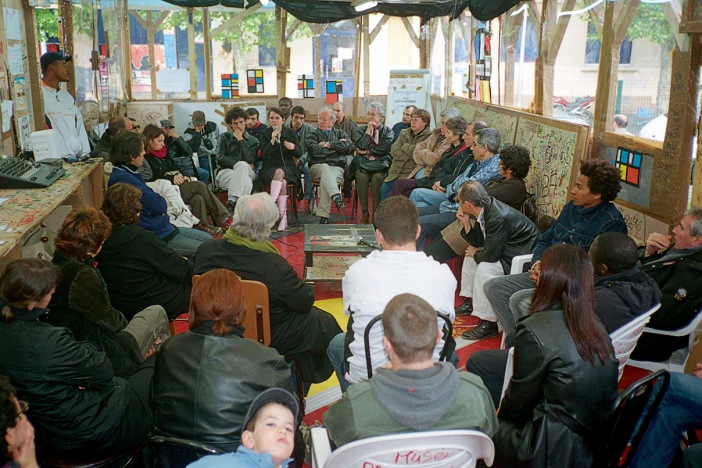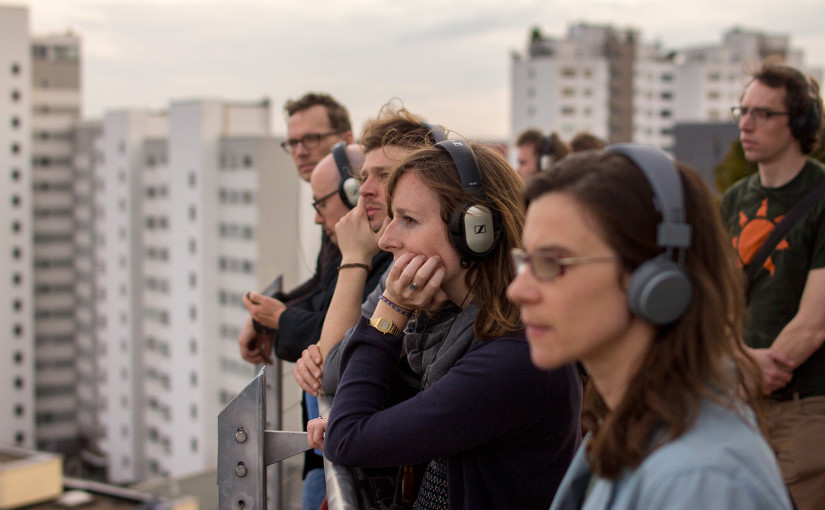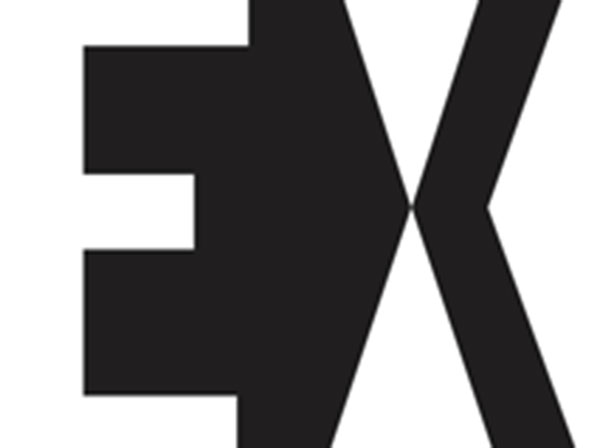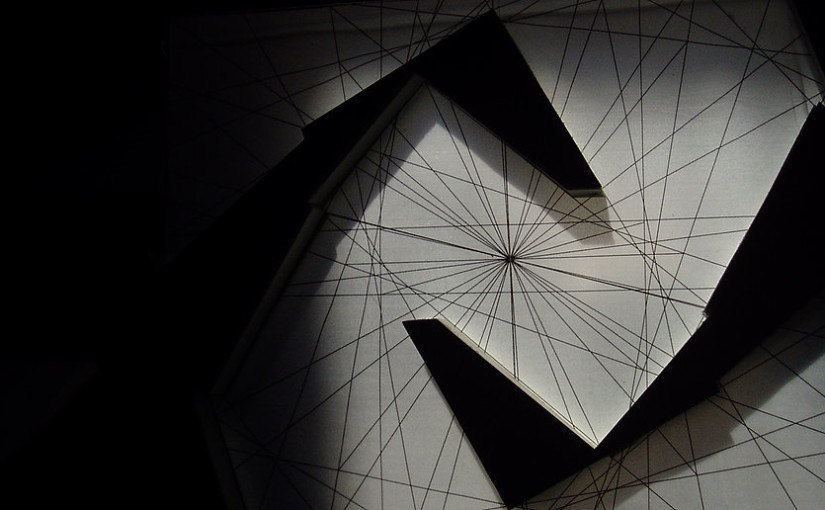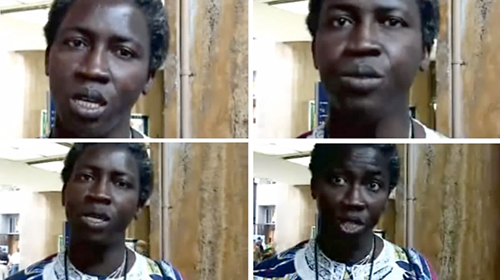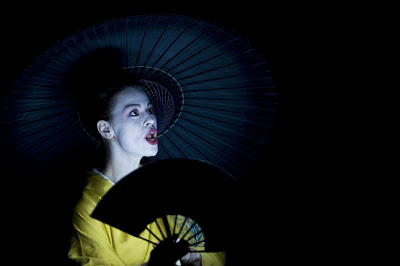Publié le 5 juin 2012, ce papier marque le commencement de la notion du « post-curatorial » et donne une base pour connaître des acteurs et lieux qui y sont associés. Regardez aussi les autres articles sur curating & it’s institutions dans Red Hook Journal.
Source : Red Hook Journal, 6 juin 2012
Étiquette : curating
Curating the Digital – Space for Art and Interaction | David England | Springer
This book combines work from curators, digital artists, human computer interaction researchers and computer scientists to examine the mutual benefits and challenges posed when working together to support digital art works in their many forms. Curating the Digital explores how people can work together to make space for art and interaction. Curating the Digital is an outcome of a multi-disciplinary workshop that took place at SICHI2014 in Toronto. The participants from the workshop reflected on the theme of Curating the Digital via a series of presentations and rapid prototyping exercises to develop a catalogue for the future digital art gallery. The results produce a variety of insights both around the theory and philosophy of curating digital works, and also around the practical and technical possibilities and challenges.
Source : Curating the Digital – Space for Art and Interaction | David England | Springer
Online Galleries – Listing and directory
netartnet.net is an online listing and directory. This archive contains past online exhibitions between 1999 to 2014 with dates, links, and press releases. Project edited by Anthony Antonellis.
Source : netartnet.net
Incomplete timeline of online exhibitions
 This timeline was made possible by the generous support of Cory Arcangel, Claude Closky, Michael Connor, Lauren Cornell, Raffael Dörig, Martin Germann, JODI, Miltos Manetas, Eva and Franco Mattes, Domenico Quaranta and Billy Rennekamp.
This timeline was made possible by the generous support of Cory Arcangel, Claude Closky, Michael Connor, Lauren Cornell, Raffael Dörig, Martin Germann, JODI, Miltos Manetas, Eva and Franco Mattes, Domenico Quaranta and Billy Rennekamp.
Source : Rhizome
OnCurating.org
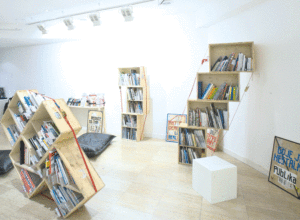
ONCURATING.org is an German independent international web journal focusing on questions around curatorial practice and theory.
Source : Issues – ONCURATING.org
Bazaar Compatible Program
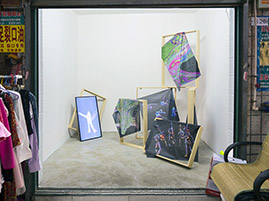
Beyond the White Cube and the quest for autonomy and specificity that characterized the history of modern and contemporary art, the latest practices of art are implementing strategies of infiltration, immersion and encryption. Compatibility has become the first criterion of the aesthetic of downloadables forms.
This program is designed to explore new formats compatibles now developed by the artists in a global networked culture.
Source : Bazaar Compatible Program
C-E-A, Association des commissaires d’exposition en France
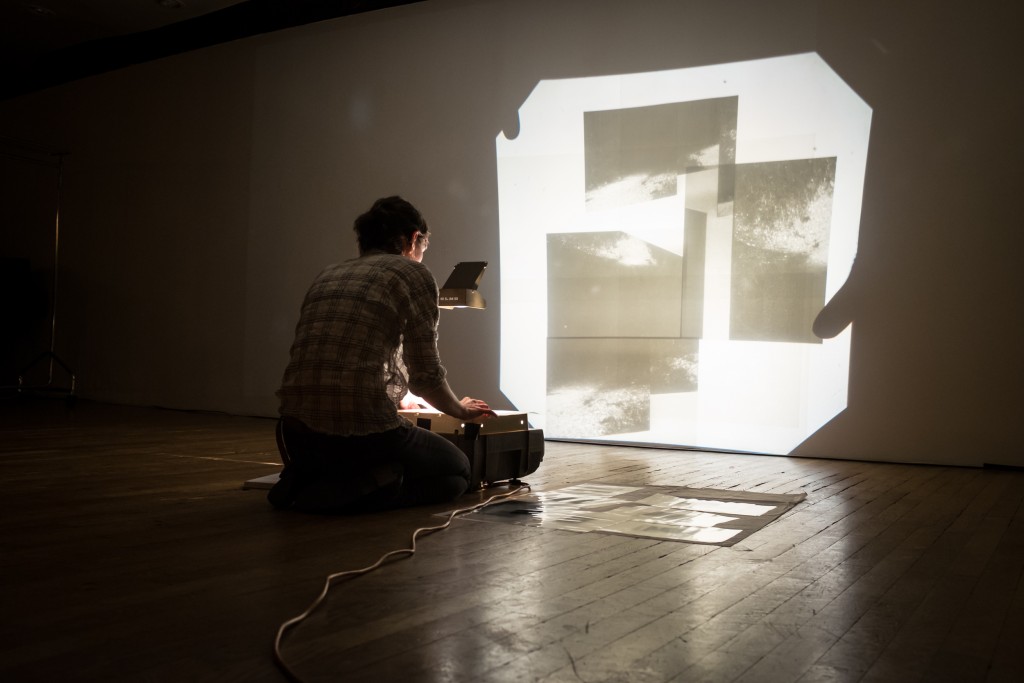
L’association C-E-A / Commissaires d’exposition associés conduit une action d’information et de promotion de l’activité de commissaire d’exposition sur le territoire français et vers l’international afin de développer les opportunités de travail pour ses professionnels. Elle élabore, en concertation avec les partenaires publics, des modalités de diffusion au niveau territorial, national et international, du savoir-faire des commissaires résidant en France. Ainsi, elle entend susciter chez les prescripteurs du monde artistique et culturel le désir de créer des dispositifs permettant aux commissaires d’exposition de développer et mettre en œuvre leurs projets avec les artistes (bourses, résidences, appels d’offre, etc.).
Dans cette optique ses objectifs sont les suivants:
> Fédérer les commissaires pour constituer une force de proposition auprès des instances décisionnelles, des organismes publics et des institutions de coopération internationale ;
> Structurer l’activité du commissariat d’exposition pour, aux côtés des autres corps de métiers qui le constituent, participer au mouvement de structuration du champ des arts plastiques ;
> Rendre visible l’action des commissaires d’exposition en France ;
> Initier et conduire des projets susceptibles de développer l’activité des commissaires en France et celle des commissaires résidant en France en direction de l’international ;
> Nourrir une réflexion sur les paramètres et les enjeux du commissariat d’exposition.
Source : C-E-A | Le site de l’association des commissaires d’exposition en France
L’École du Magasin, Grenoble
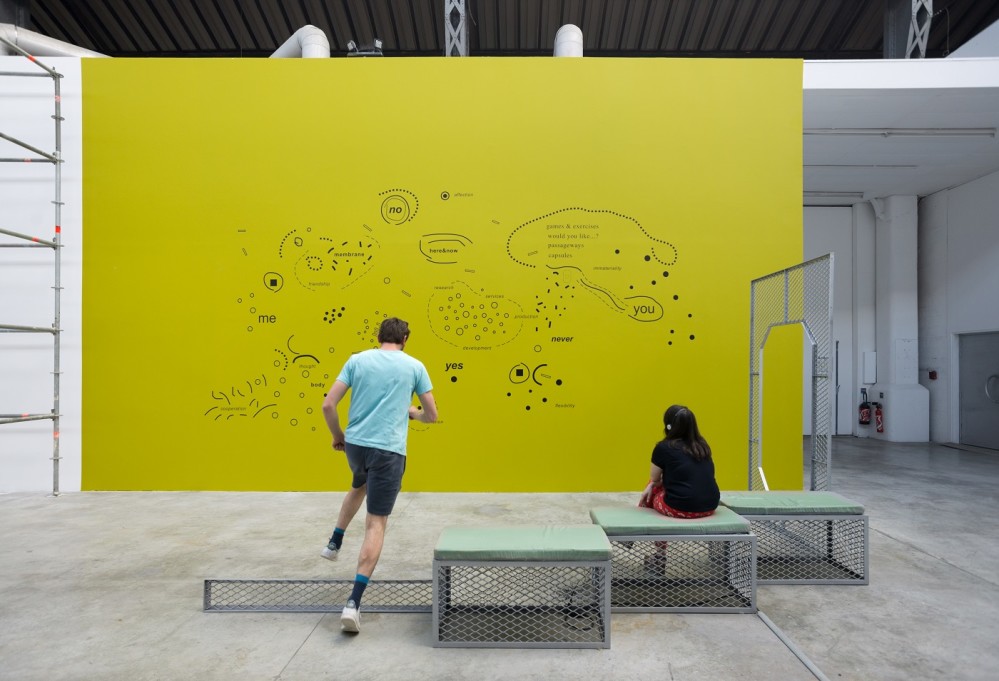 L’École du MAGASIN, fondée en 1987, constitue le pôle de formation du MAGASIN – Centre National d’Art Contemporain. Premier programme de formation aux pratiques curatoriales en Europe, elle est conçue pour procurer un environnement professionnel associant rigoureusement recherche et pratique. Durant neuf mois, les participants sont immergés dans l’environnement du centre d’art, bénéficiant ainsi d’une approche concrète des pratiques curatoriales et d’un cadre professionnel pour l’organisation de leur projet. En constante réflexion, l’École interroge le devenir des pratiques curatoriales et accompagne les jeunes professionnels de l’art face aux enjeux auxquels ils sont confrontés.
L’École du MAGASIN, fondée en 1987, constitue le pôle de formation du MAGASIN – Centre National d’Art Contemporain. Premier programme de formation aux pratiques curatoriales en Europe, elle est conçue pour procurer un environnement professionnel associant rigoureusement recherche et pratique. Durant neuf mois, les participants sont immergés dans l’environnement du centre d’art, bénéficiant ainsi d’une approche concrète des pratiques curatoriales et d’un cadre professionnel pour l’organisation de leur projet. En constante réflexion, l’École interroge le devenir des pratiques curatoriales et accompagne les jeunes professionnels de l’art face aux enjeux auxquels ils sont confrontés.
Source : MAGASIN
Tate, The white cube and beyond
In an age when installations, art environments, ‘scatter art’ and large-scale mixed media works are the norm, the traditional confines of the museum and art gallery spaces are continually under scrutiny. As a natural consequence, the methods of displaying art have transformed, but as three specialists in their field acknowledge here, historically there was more to a museum display than crowded pictures and pot plants, and this history is worth bearing in mind today.
Source : The white cube and beyond | Tate
Slavs and Tatars

Slavs and Tatars is a faction of polemics and intimacies devoted to an area east of the former Berlin Wall and west of the Great Wall of China known as Eurasia. The collective’s practice is based on three activities: exhibitions, books and lecture-performances.
Source : Slavs and Tatars
Art Speaks For Itself
Since the end of the avant-gardes, or the beginning of postmodernism, contemporary art has taken countless directions, with no hierarchy. This has allowed for a certain equilibrium in the development of a great variety of artistic, as well as critical and curatorial, talents. It seems to me that this balance is dangerously challenged by the ever-increasing intervention of major players from the commercial sphere. For them, art is at once a device that enables tax relief but mostly, a marketing tool. Alongside the rise of the figure of the artist as curator, this interventionism contributes to establishing the domination of only one of the numerous currents of art today. This current is at crossroads between conceptual art, abstraction and design. Albeit very honourable, this wave produces artworks which are knowingly devoid of societal commentary and allows for the application of any discourse. The promoted artworks, and the artists themselves, are then reduced to being notes on a musical score written by others. This shift is global and follows the move towards planetary standardisation of modes of consumption wanted by the big players in the commercial sector who are always seeking large scale economies.
HKW | Nervous Systems
Can our inner thoughts be transmitted by our eye movements? Can our future actions be predicted by our current behavior? Julien Prévieux’s film Patterns of Life enacts more than a century of evolving technologies in tracking human behavior, from reorganizing the factory floor to today’s “activity-based intelligence” in the “war on terror.”
Source : HKW | Nervous Systems
What is the museum of the future? | Tate
We know that museums the world over are incredibly popular, but how do we keep the visitors coming? In a globalised world the question of what art should be exhibited and collected seems increasingly pertinent. As early as 1909, Theodor Volbehr, in his book The Future of German Museums, saw their function as ‘popular education centres in the broadest sense’. This ideology remains, to a degree, but as both art and audiences change, so too must museums reflect this. One commentator maintains that the museum has been transformed from ‘a restrained container to exuberant companion’, reflecting how they are as much about looking and learning as they are social and civic spaces. In recent years, especially during periods of expansion, adaptation and transformation, they have variously been described as a ‘laboratory of ideas’, ‘a total work of art’, ‘temples of delight’, ‘a place for intoxication’ and even a ‘21st-century medina’. So what kind of museum do we want for our future?
Rimini Protokoll – Projects

Helgard Haug, Stefan Kaegi, and Daniel Wetzel have been working as a team since 2000. They work in the area of theater, a team of author-directors. Their work in the realm of theater, sound and radio plays, film, installation emerge in constellations of two or three and solo as well. Since 2002, all their works have been written collectively under the label Rimini Protokoll. At the focus of their work is the continuous development of the tools of the theater to allow for unusual perspectives on our reality.
Source : Rimini Protokoll – Projects
Kit Mains Libres, par Marianne Derrien
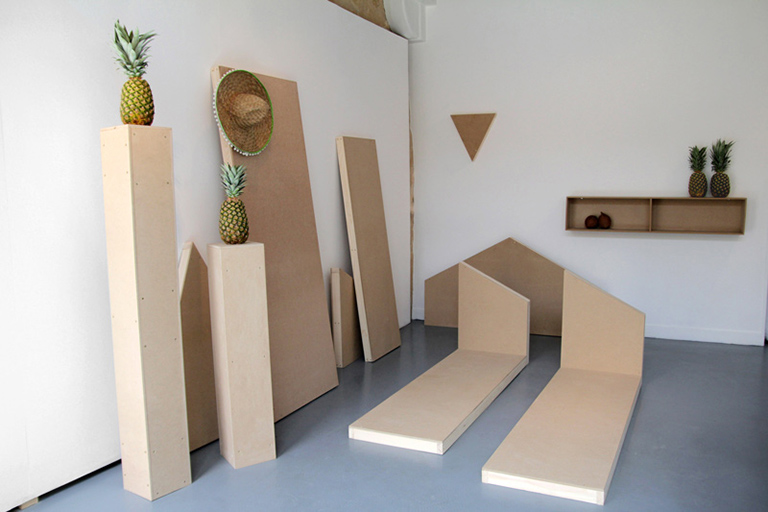
À partir d’une base de données (lexique, mots clés, écrits, propos recueillis) constituée depuis plusieurs mois, ce texte fait état de mes échanges (téléphoniques, skype, mails) et rencontres avec quatre artistes regroupés à l’occasion de cette invitation éditoriale proposée par thankyouforcoming. Le dialogue et la complicité avec leur travail nourrissent cette réflexion, prémisse d’une série de textes à venir sur une histoire des formes revisitée à partir de l’usage des nouvelles technologies. Empruntant le terme de « kit mains libres », équipement qui peut être utilisé sans l’usage des mains, cette analyse critique est portée par la notion de display 1 afin d’explorer des dispositifs scénographiques, tant originaux que partagés (configuration / aménagement / agencement d’objets et de matériaux).
Entre critique, fonction, décoration et design, ces problématiques liées à l’objet sont au cœur de nombreuses recherches, expositions ou écrits depuis quelques années. De l’usage à la contemplation de l’objet, de la mise en exposition de l’objet à sa représentation, une multitude de paradoxes furent relevés. Ces mises en espace semblent questionner, tant la circulation des objets que leur valeur scénographique et décorative (oeuvre-exposition / oeuvre-emballage / œuvre-test). Aussi, depuis ce printemps, le programme Displays / EnsadLab, coordonné par Thierry Fournier (artiste et curateur) en collaboration avec J. Emil Sennewald (critique et journaliste), a pour vocation de questionner et expérimenter le devenir des formes d’exposition dans ce contexte des cultures numériques. Dans le cadre de ces rencontres, artistes et chercheurs interrogent les espaces d’exposition et de son rapport à la diffusion des images des expositions… comment évolue la spécificité d’expérience des expositions ? Quelles formes s’inventent-elles dans un dialogue entre espace réel et réseau ? Comment lier espaces collectifs de l’exposition et pratiques individuelles du web ? Comment mettre en œuvre une critique et une émancipation vis-à-vis des logiques de l’économie de l’attention ?
À l’aune de la démocratisation du web, de l’apogée des réseaux sociaux et des applications, notre accès illimité à la connaissance et la vente en ligne façonnent, depuis quelques années, de nouvelles approches théoriques et esthétiques. Aussi, il est à noter que certaines pratiques historiques et émergentes sont regroupées autour du terme de bricologie, rassemblant les mots « bricolage » et « technologie », titre de l’exposition conçue à la Villa Arson – Nice (visible jusqu’au 31 août 2015).
L’Extension
L’Extension is an experimentation, creation and research laboratory. It seeks to place art as a ground for thought, in order to produce new experiences and establishing analytical encounter situation in terms of critical and curatorial wider activities, such as publications, meetings, events, residencies, workshops and exhibitions.Within a cartographic method, the studio aims to define the outlines of emergent art, diagnose the production process of contemporary art, working on artistic endeavour, as well as producing tools for a better understanding of artistic creation’s context by the public.Located in Belleville neighbourhood and the 20th arrondissement of Paris, L’Extension provides a platform of meetings and experiences linked to its specific environment. It also aims to fill a lack of cultural access and to bridge a various and large public to contemporary art trough many accessible activities. International protagonists’ involvement in the project enables L’Extension ambitions to reach a larger dimension.It is looking forward to yield a multidisciplinary thought imbued in different knowledge field being contemporary art, literature or history of the art, but also anthropology, economic, political, physical or social sciences…
Source : l’extension
Deriva / commissariat d’exposition
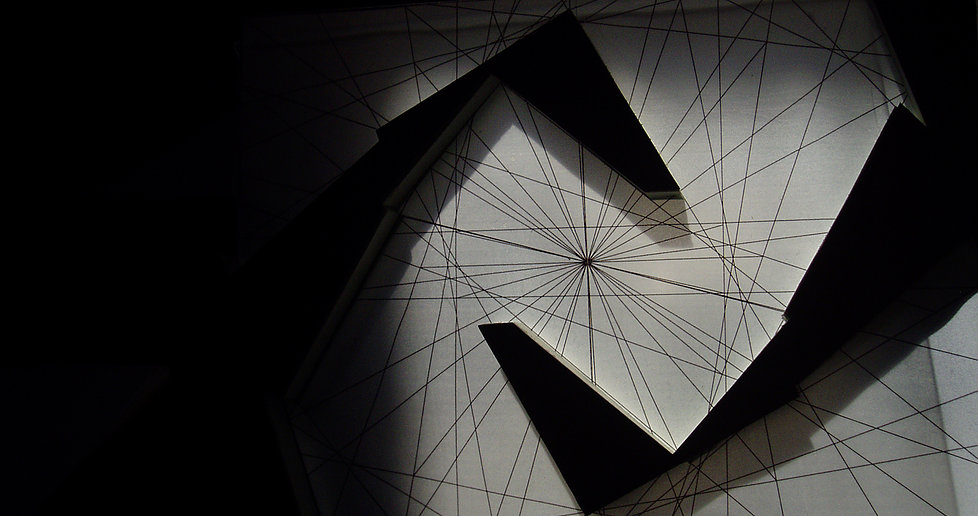
Né en 2012 de la rencontre d’une architecte, Valeria Cetraro et d’un photographe, Edouard Escougnou, DERIVA est un laboratoire consacré au commissariat d’exposition et à la promotion d’artistes émergents. L’art est pour DERIVA une mise en relation, un discours, un dialogue, dans lequel différentes trajectoires se croisent pour créer des expériences sensibles et intellectuelles. Le dialogue existe, entre les œuvres, entre les artistes, entre le public et les œuvres. Tout dialogue créatif contient échange, questionnement, affirmation, analyse, sensibilité, partage, accord ou désaccord. Par le biais de son activité curatoriale, le travail de DERIVA veut favoriser ce dialogue, parfois l’inventer, parfois le susciter ou le découvrir.
Source : Deriva / commissariat d’exposition
Lafayette Anticipation, Prolégomènes
La Fondation d’entreprise Galeries Lafayette est une institution dédiée à la production et la diffusion de l’art, du design et de la mode.
Source : “Les Prolégomènes” —
Interview with Ery Cámara | DaWire
As a part of a series of interviews with curators and museographers, Alejandro Sordo Guzmán, our Contributing Writer in Mexico City, interviews renowned museographer Ery Cámara, one of the main specialists in the field. Their dialogue sheds light on the role of the museum in society and the importance of the public in the development of its programs. To borrow Ery’s words, “museums are unfinished institutions,” and a dialogue between audiences and these institutions must be established for them to grow and continue to adapt to our needs.
Source : Interview with Ery Cámara | DaWire
Interview with Hans Ulrich Obrist about Il Tempo del Postino
At last Art Basel, I had the chance to see Il Tempo del Postino at Theatre Basel. The Independent called this unique show “The world’s first visual arts opera” after its first and only presentation at the Manchester International Festival in 2007, for which a group of the world’s leading visual artists created a major experimental presentation.
Source : ART IS ALIVE: Exclusive interview with Hans Ulrich Obrist about Il Tempo del Postino

